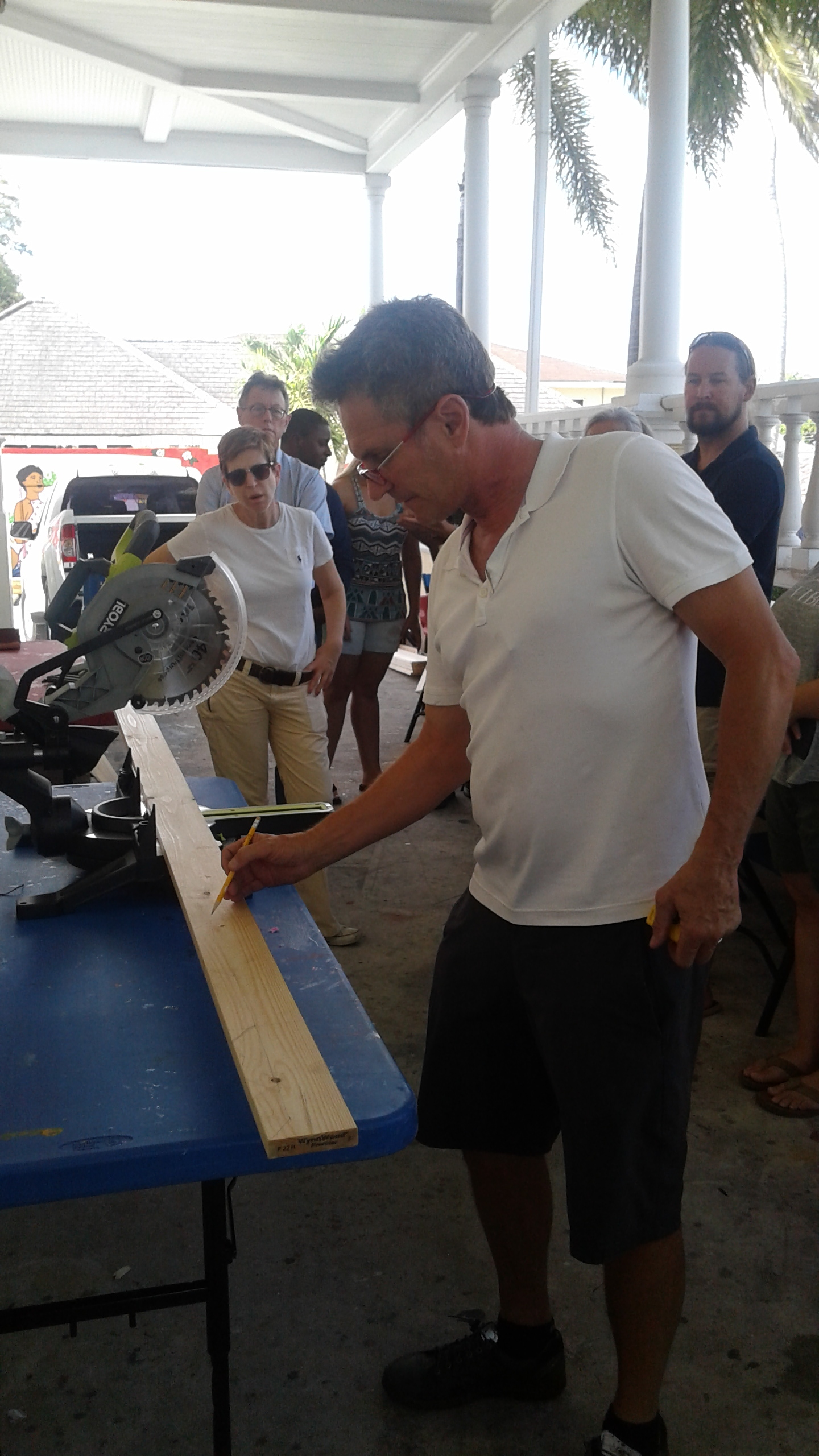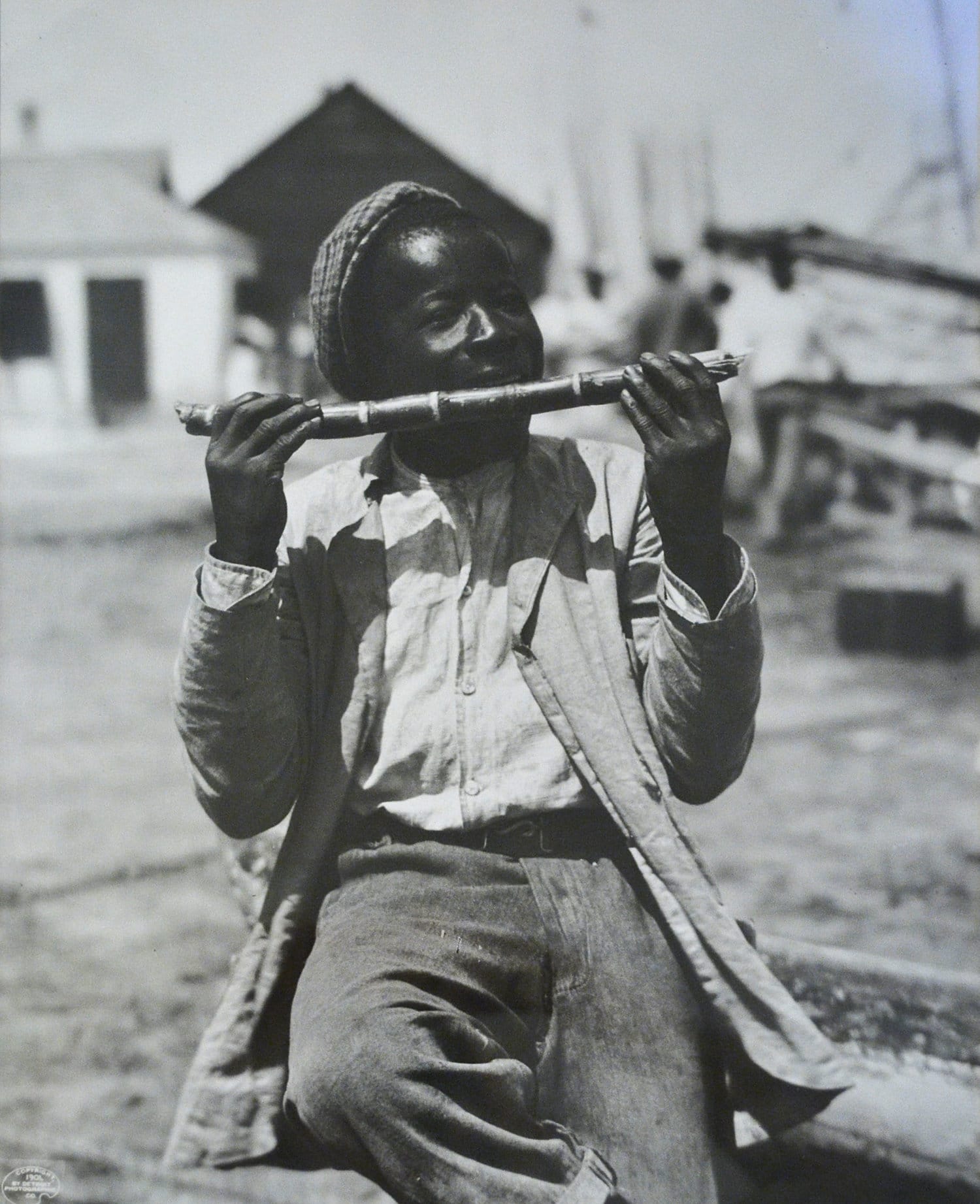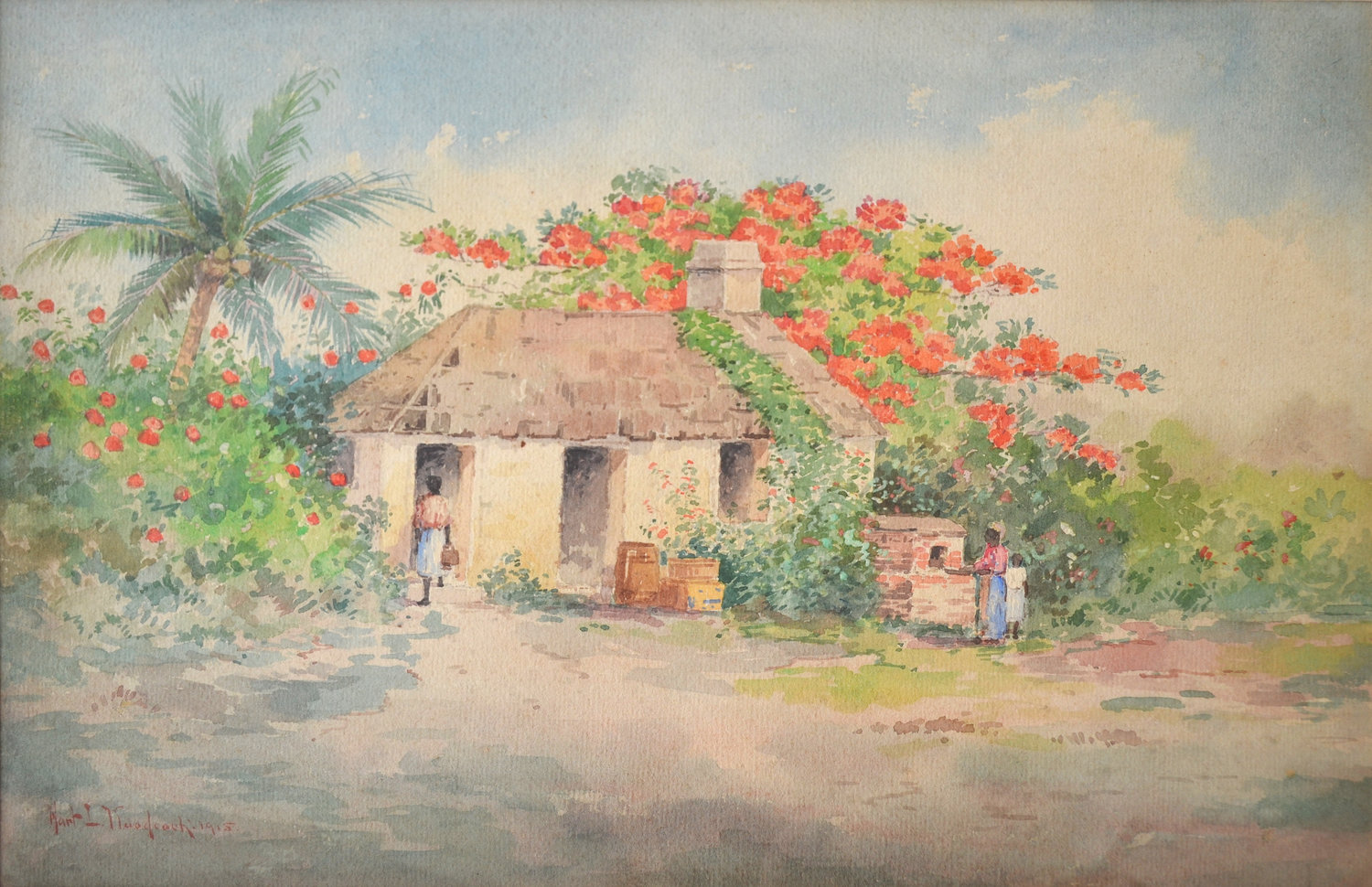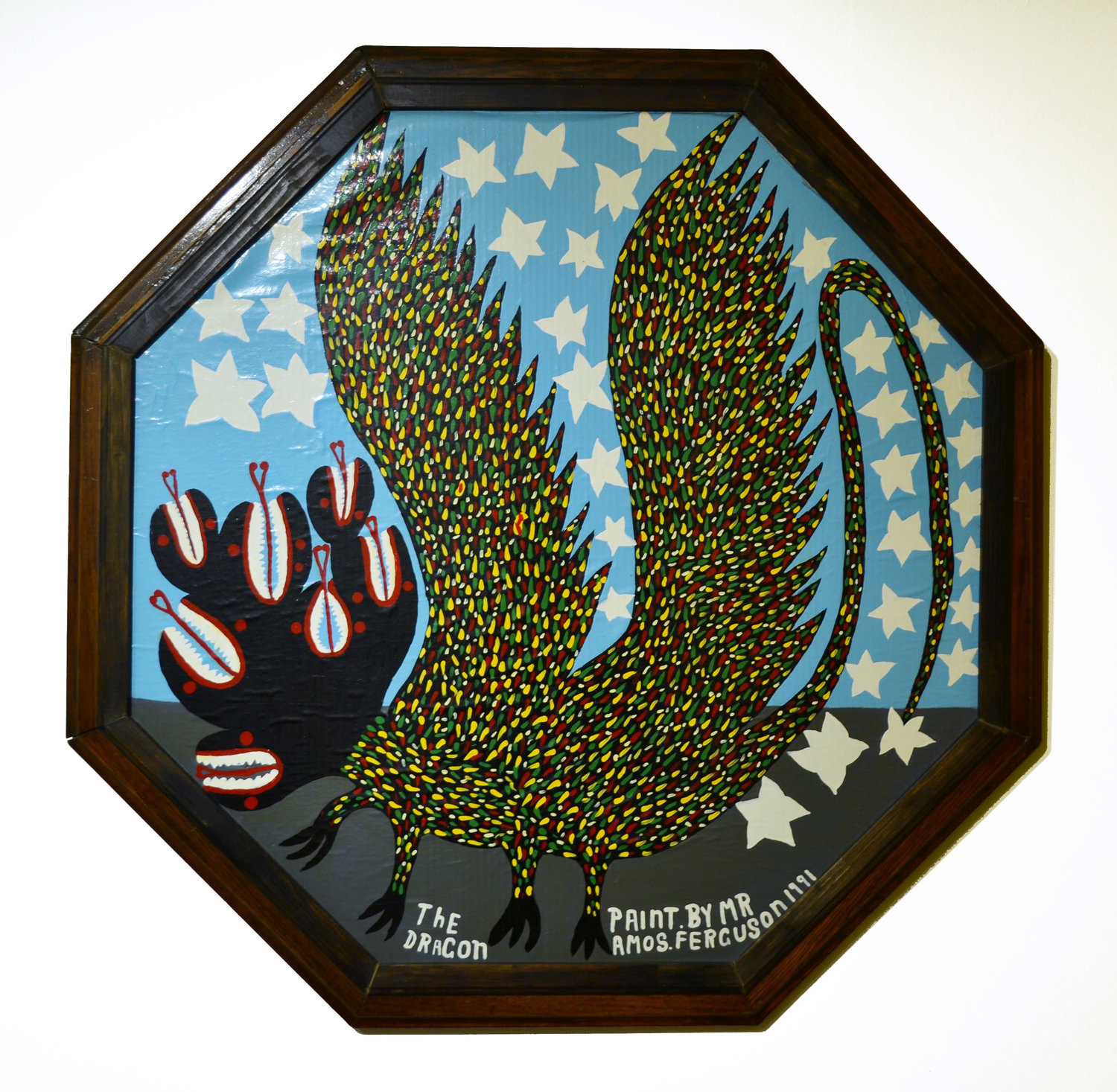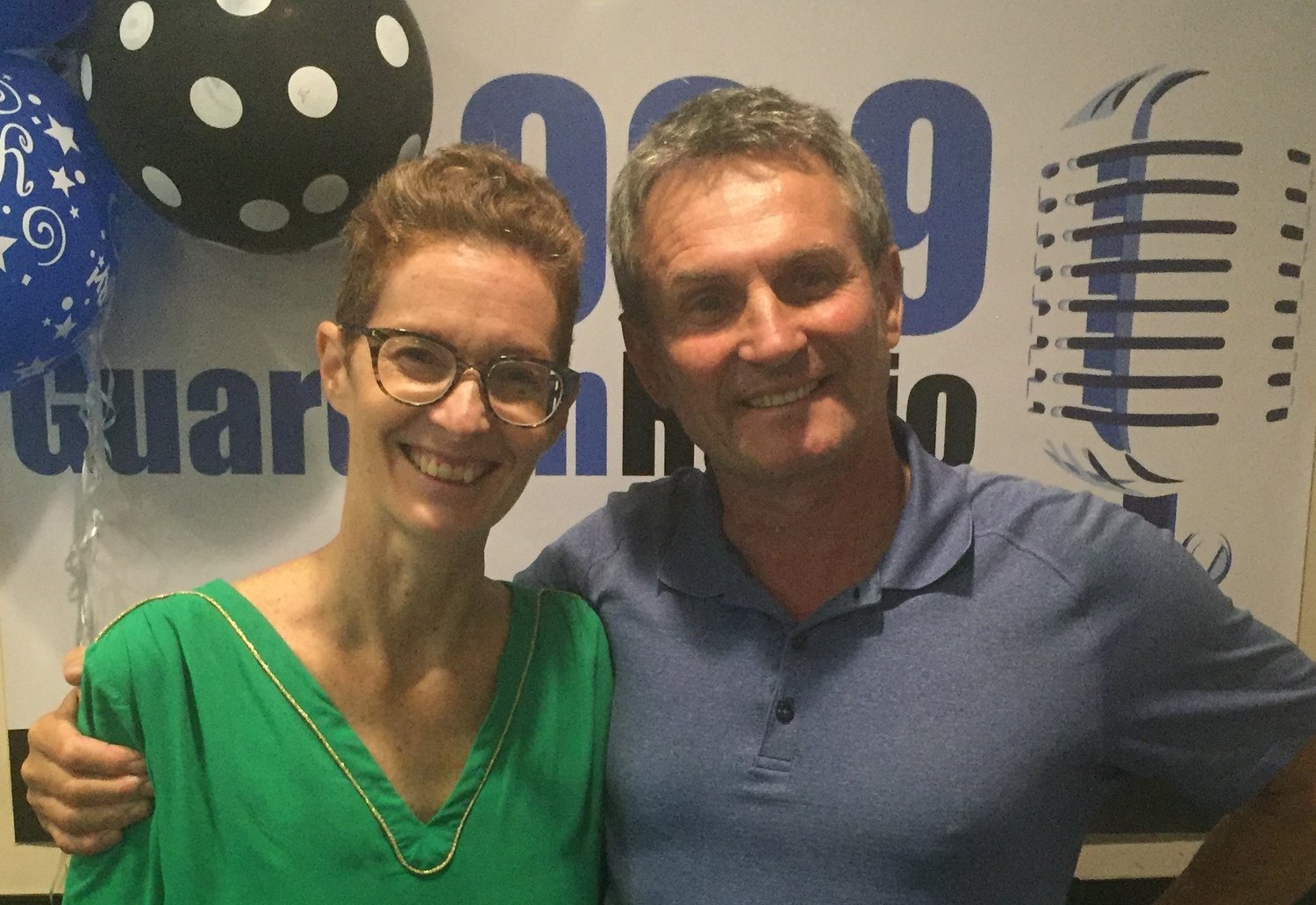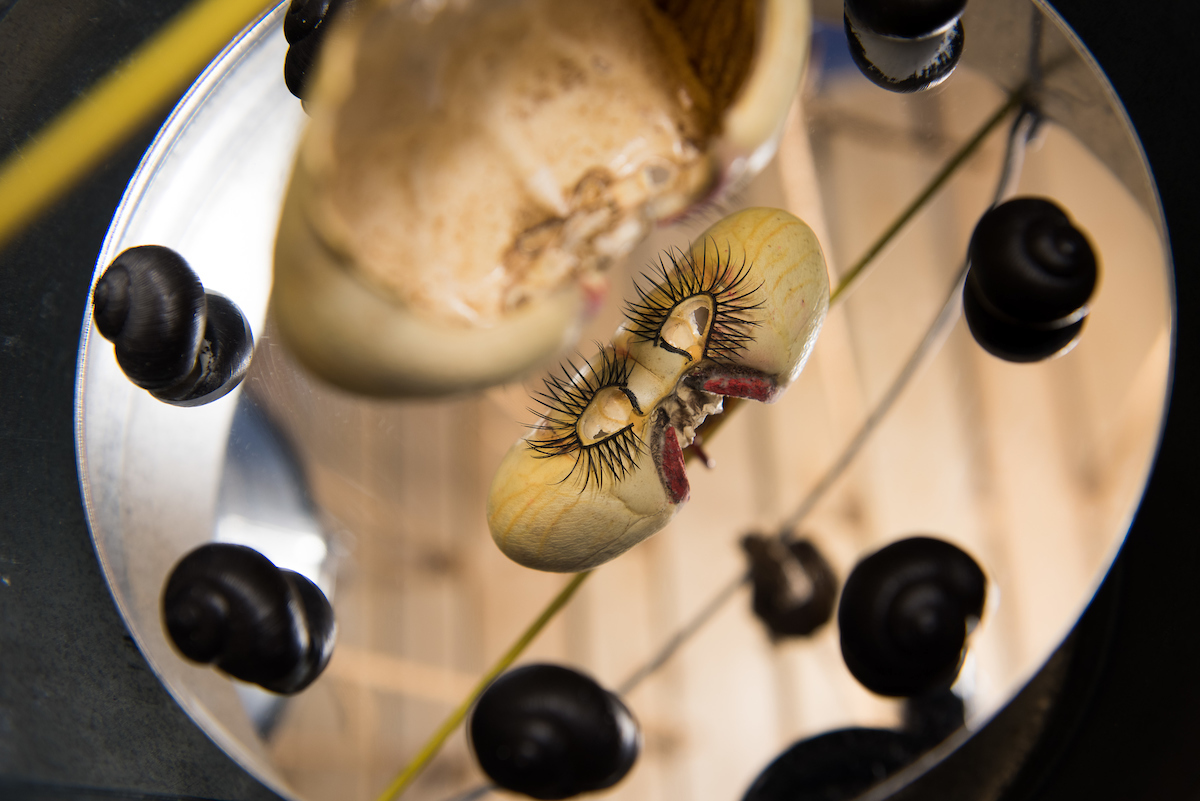By Natalie Willis.Heino Schmid’s practice can perhaps be described as slippery or amphibious – and it’s not so much to do with the water, as it is to do with his fluidity in dealing with the bounds of what we believe to constitute drawing, sculpture, painting as separate genres – the proverbial lines in his practice become blurred. This movement between the medium and the means is why “Temporary Horizon” (2010) was chosen for the current Permanent Exhibition, “Revisiting An Eye For the Tropics” on display at the NAGB.
All posts by Natalie Willis
Lamare’s Frame Building Workshop brings a crowd: Hands on experience at the NAGB
By Katrina Cartwright. As a part of his retrospective “Love, Loss and Life,” artist Thierry Lamare hosted a frame-building workshop at the National Art Gallery of the Bahamas (NAGB) on May 20, 2017. In just over three hours, he generously shared techniques that he has used to build driftwood frames for his paintings over the years. More than thirteen people from diverse backgrounds and varying degrees of experience were in attendance. Artists, art enthusiasts, craftspersons and a few do-it-yourselfers came seeking to acquire a new skill, build on existing knowledge or satisfy their curiosity.
From The Collection: “A Native Sugar Mill” (ca. 1901) by William Henry Jackson
By Natalie Willis. “A Native Sugar Mill” (ca. 1901) by William Henry Jackson is part of the suite of historic colonial photographs in the National Collection. Jackson was an American, who started a photo studio here after emigrating from New York in the 1870s and is one of the small group of colonial migrants whose pictures help us piece together part of the story of the time. According to the catalogue for “Bahamian Visions: Photographs 1870 – 1920,” curated by Krista Thompson, Jackson first came to The Bahamas at the request of the Governor of the time, Sir William Robinson, in 1877. Since around 1856, Jackson worked as a landscape painter, colourist of photographs and also owned a studio specialising in Daguerreotype photographs. In addition, he manufactured albumenized paper, managed a stereoscopic printing shop and had even worked as a Civil War photographer. Many of these things seem very far removed from us now, but they were staples of photography at the time.
A Distant Bahamas: “Native Hut” (1915) by Hartwell Leon Woodcock
The American watercolour painter, Hartwell Leon Woodcock (1853-1929) is very much one of the typical representatives of British colonial-period painting where The Bahamas is concerned. His quaint depiction of a Bahamian home and landscape – complete with outdoor amenities associated with the time – fits in with the usual canon of charming images from the era. In “Native Hut” (1915) this portrayal of the Caribbean picturesque is precisely why the work was chosen as part of the 2017-18 Permanent Exhibition, “Revisiting An Eye For the Tropics,”, and why it is an important part of the National Collection.
Cultural Heritage & Erasure: “Protecting our inheritance and patrimony”
How do we forget that when we lose our tangible culture, we actually also lose our intangible culture? They usually go together. Culture is not just a product that we package and sell. It is actually a process, a way of life, a rhythm that is embodied in a place. Exuma and Long Island, Acklins and Bimini have very different rhythms. They do not all practice Rake ‘n’ Scrape the same way, nor do they cook the same dishes in the same fashion. Boat building on Abaco is different from boat building in Long Island; each community has its own identity and rhythm that does not conform to national structures.
Ferguson’s Fantastic Dragon: Blending the imagination with the biblical
A fire-breathing hell-beast, a scaly winged thing of fantasy – sometimes good, sometimes dangerous and greedy: Dragons. Not a staple in the established subject matter for Amos Ferguson, but nonetheless a treasure in the National Collection, an entity worthy of having an epic flying reptilian guarding it for sure. Ferguson’s “The Dragon” (1991) is an outlier for a lot of reasons. While his usual practice includes references to biblical scenes, Bahamian folklore, and more often than not, Bahamian scenery – with the iconic titles painted in Bahamian vernacular that act as a mirror for our particular language traditions, this piece doesn’t quite typify his practice.
The Blank Canvas: April 24th, 2017, Thierry Lamare
Regular host Amanda Coulson is back from a hiatus to discuss the exhibition “Love, Loss, Life,” a retrospective of the artist Thierry Lamare who is her guest in the studio. The show gathers together artworks from over a 20 year period and allows the visitor to follow the arc of his progression, from seascapes to architecture, from watercolours on paper to his use of both canvas and wooden supports.
Creating Thinking Spaces: Opportunity to Think, Build, and Grow
The University of The Bahamas and the National Art Gallery of The Bahamas have created an open space for group discussion that allows students to benefit from the offering of both spaces. This relationship allows culture to truly be highlighted. As much as we talk about culture, we often disconnect our experiences from talk. These lectures are designed to promote thought and unshackle minds blinkered by a dysfunctional system designed to create workers without a sense of self, or an identity that can transcend the 9 to 5 and the 21 by seven of the mundane.
Kendra Frorup’s ‘Domestic Chickens’
Kendra Frorup’s ‘Domestic Chickens’ (2007) installation is one of the lesser-known pieces in the National Collection. The 2017-2018 Permanent Exhibition, ‘Revisiting An Eye For The Tropics’, is a departure point for us to look to the way the past has informed the present aesthetic in Bahamian artwork, and also importantly to showcase the works in the National Collection and remind us of what we have ownership and pride over as Bahamians.
Margot Bethel’s Portal: Unpacking Memories of Womanhood
Bahamian artist, Margot Bethel, explores ideas of femininity and the roles of women from both past and present day. In “Portal: There’s a WHole in the Bucket”, Bethel transforms a collection of mundane, everyday objects into a sculptural installation proposing the idea of the hole and the whole, simultaneously describing aspects of gender inequality, female stereotypes, and objectivity.

